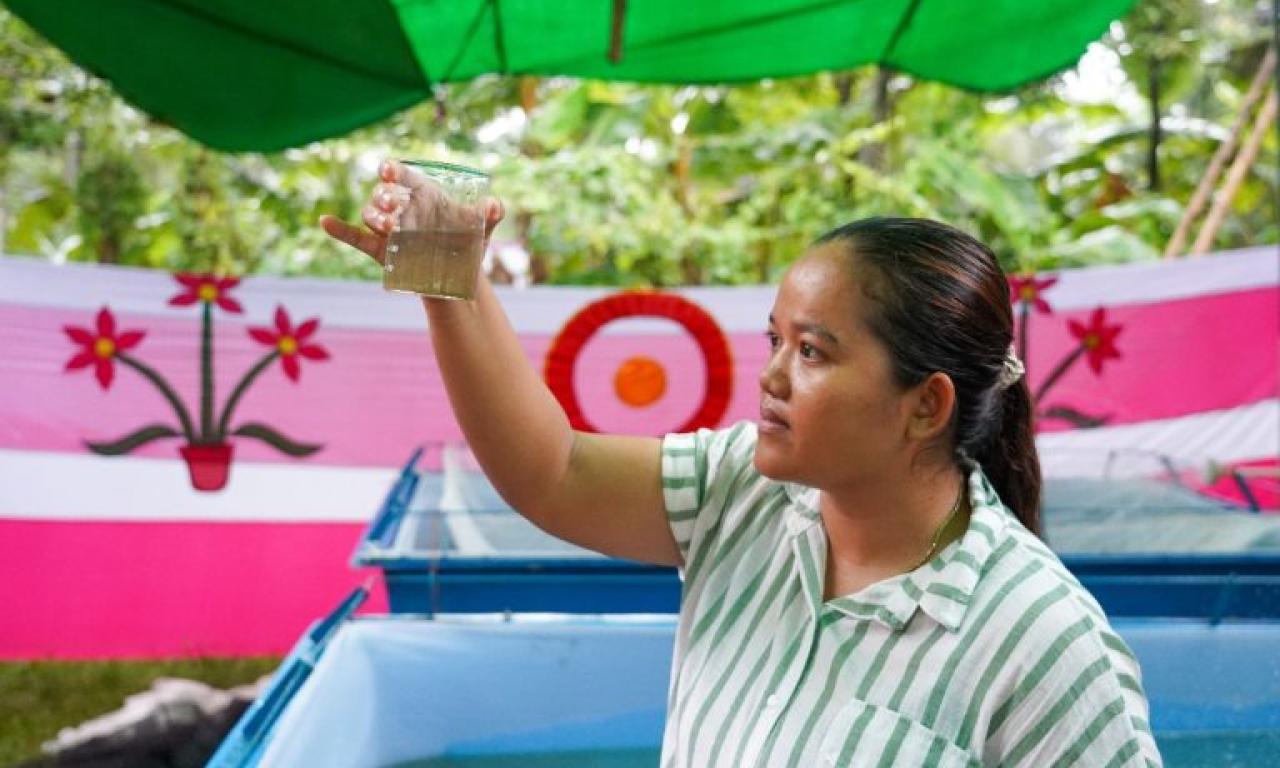
- South–South collaboration aims to strengthen capacity to scale hatchery-based SIS seed production system for nutrition-sensitive aquaculture across Asia and Africa.
- Hands-on demonstrations highlighted scalable genetic innovations and sustainable seed dissemination models.
- Knowledge sharing across regions reinforces the potential for local adaptation of SIS breeding protocols.
Hatchery-based mass seed production of Small Indigenous Species (SIS) represents a vital innovation in strengthening resilient and nutrition-sensitive aquatic food systems. Rich in essential micronutrients, SIS such as mola (Amblypharyngodon mola), punti (Puntius chola, Puntius sophore), and tengra (Mystus tengara) serve as critical dietary sources of vitamin A, calcium, iron, and zinc. However, the natural availability of SIS has declined due to habitat degradation and overfishing, limiting access for vulnerable populations.
To address this, WorldFish through CGIAR Scaling for Impact (S4I) Program is scaling the commercial breeding of SIS through private hatcheries in Southern Bangladesh. This approach ensures year-round, quality-controlled seed supply while creating inclusive business models that link hatcheries, smallholder farmers, and local markets. By integrating practical breeding protocols with scaling strategies hatchery-based SIS seed production systems offer a replicable and transformative pathway for improving food and nutrition security across diverse geographies.
